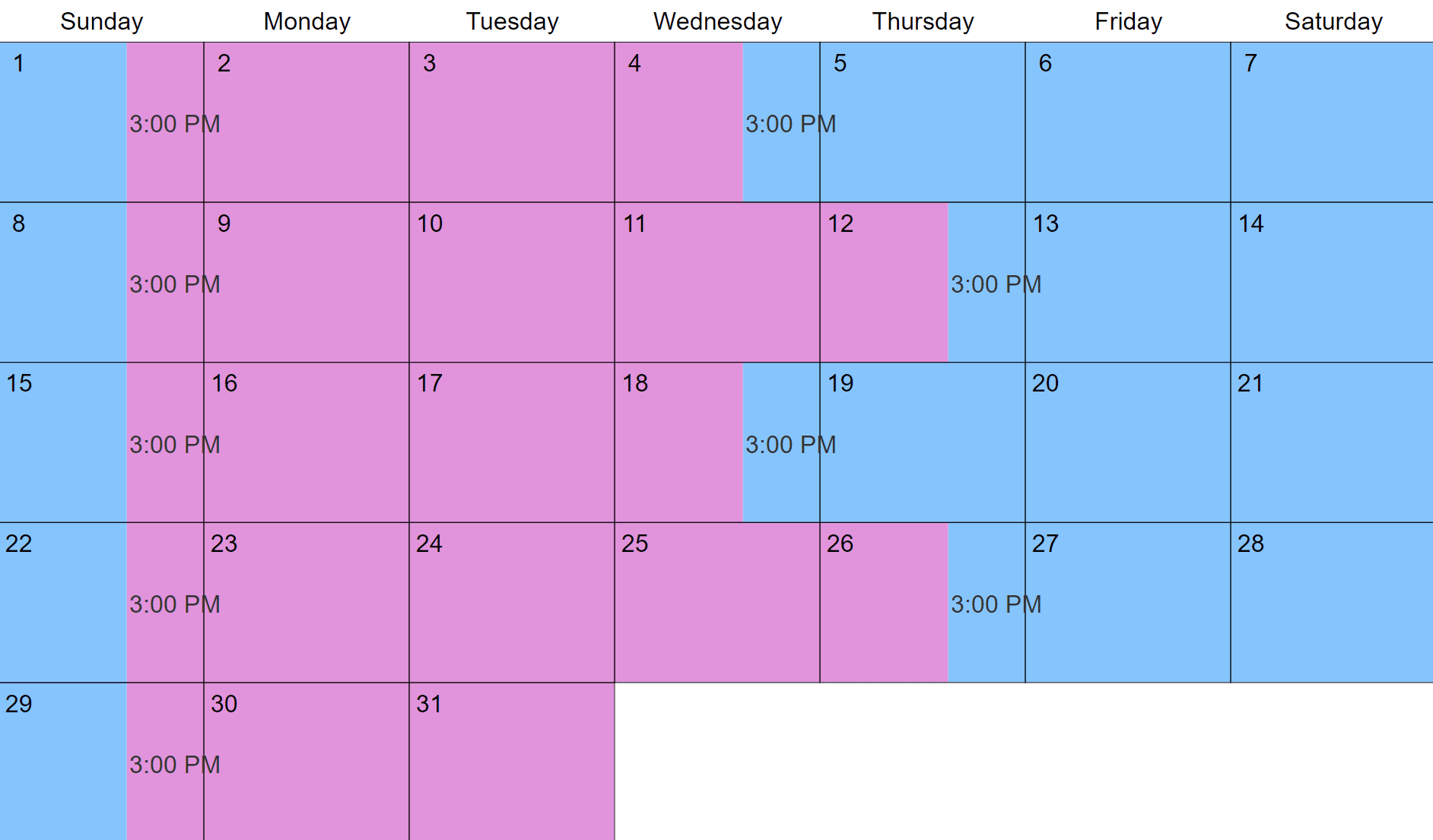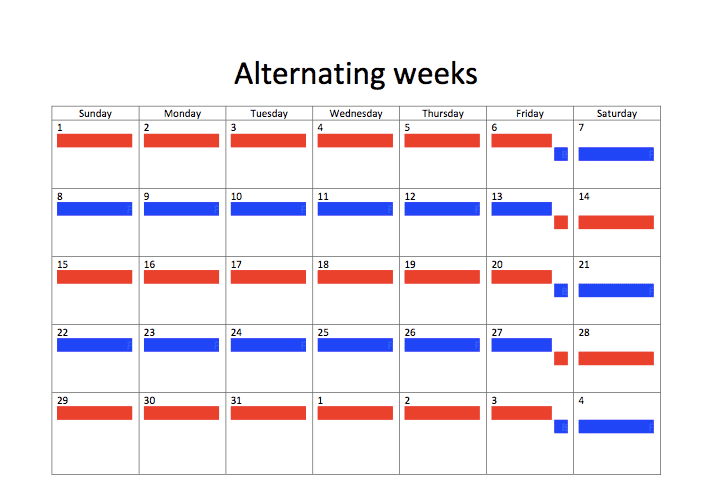
Parenting can be a challenging job, especially when you are co-parenting with your ex-partner. Managing schedules, appointments, and responsibilities can become overwhelming at times. However, with the help of a parenting schedule, you can effectively plan and organize your co-parenting responsibilities.
In this guide, we will explore what a parenting schedule is, why it is important, how to create one, examples of different schedules, and tips for successful co-parenting.
What is a Parenting Schedule?
A parenting schedule is a document that outlines the custody and visitation arrangements between co-parents. It includes details such as the days and times each parent will have the child, holiday schedules, vacation schedules, and any other relevant information related to parenting responsibilities. The schedule can be created using a template or customized based on the specific needs of the co-parents.
Creating a parenting schedule can help eliminate confusion and conflicts between co-parents. It provides a clear outline of each parent’s responsibilities and ensures that both parents are on the same page when it comes to parenting arrangements.
Why is Parenting Schedule Important?
A parenting schedule is important for several reasons.
- Firstly, it helps maintain consistency and stability for the child. Having a set schedule allows the child to know what to expect and reduces the stress of constantly changing arrangements.
- Secondly, a parenting schedule helps prevent misunderstandings and conflicts between co-parents. By clearly outlining the custody and visitation arrangements, both parents can refer to the schedule whenever there is a question or disagreement.
- Additionally, a parenting schedule can also serve as a legal document in case of any disputes. It provides written evidence of the agreed-upon arrangements and can be used in court if necessary.
How to Create a Parenting Schedule
Creating a parenting schedule involves several steps. Here is a guide on how to create an effective schedule:
1. Gather Information: Start by collecting all relevant information, such as work schedules, school schedules, extracurricular activities, and any other commitments that may impact the parenting schedule.
2. Communicate with the Co-Parent: Discuss and negotiate the custody and visitation arrangements with the other parent. Be open to compromise and flexibility to create a schedule that works for both parties.
3. Use a Template: Utilize a parenting schedule template or create a customized schedule using a spreadsheet or calendar tool. Include details such as pick-up and drop-off times, holiday schedules, and any special arrangements.
4. Review and Finalize: Once the schedule is created, review it with the co-parent to ensure that both parties are in agreement. Make any necessary adjustments before finalizing the schedule.
5. Share and Update: Share copies of the schedule with the co-parent and make sure to keep each other informed of any changes or updates. Regularly review and update the schedule as needed.
Examples of Parenting Schedules
There are various types of parenting schedules that co-parents can choose from based on their specific needs and circumstances. Here are some examples of common parenting schedules:
- 1. Week on/Week off: One parent has custody of the child for one week, followed by the other parent having custody the following week.
- 2. 2-2-3 Schedule: The child spends two days with one parent, two days with the other parent, and then three days with the first parent before repeating the cycle.
- 3. Alternating Weekends: One parent has custody of the child during the week, while the other parent has custody on weekends.
- 4. Split Week: The child spends the first half of the week with one parent and the second half of the week with the other parent.
- 5. Holiday Rotation Schedule: A schedule that outlines how holidays and special occasions will be divided between co-parents.
- 6. Summer Break Schedule: A schedule that details how custody will be divided during the child’s summer break from school.
- 7. Customized Schedule: A schedule tailored to the specific needs and preferences of the co-parents.


Tips for Successful Co-Parenting
Successfully co-parenting requires effective communication, compromise, and cooperation between both parties. Here are some tips for successful co-parenting:
- Put the Child First: Always prioritize the well-being and best interests of the child in all decision-making and interactions.
- Communicate Openly: Maintain open and respectful communication with the co-parent to avoid misunderstandings and conflicts.
- Be Flexible: Be willing to be flexible and accommodating when it comes to scheduling changes or adjustments.
- Respect Boundaries: Respect each other’s boundaries and avoid involving the child in any conflicts or disagreements.
- Seek Support: Don’t hesitate to seek professional help or guidance from a therapist or counselor if needed.
- Focus on Positives: Focus on the positive aspects of the co-parenting relationship and celebrate successes together.
- Take Care of Yourself: Remember to take care of yourself and prioritize your well-being to be the best parent you can be.
In conclusion, creating a parenting schedule can help streamline the co-parenting process and make it easier to manage shared responsibilities. By following the steps outlined in this guide and incorporating the tips for successful co-parenting, you can establish a healthy co-parenting relationship that benefits both you and your child.
Parenting Schedule Template – Download